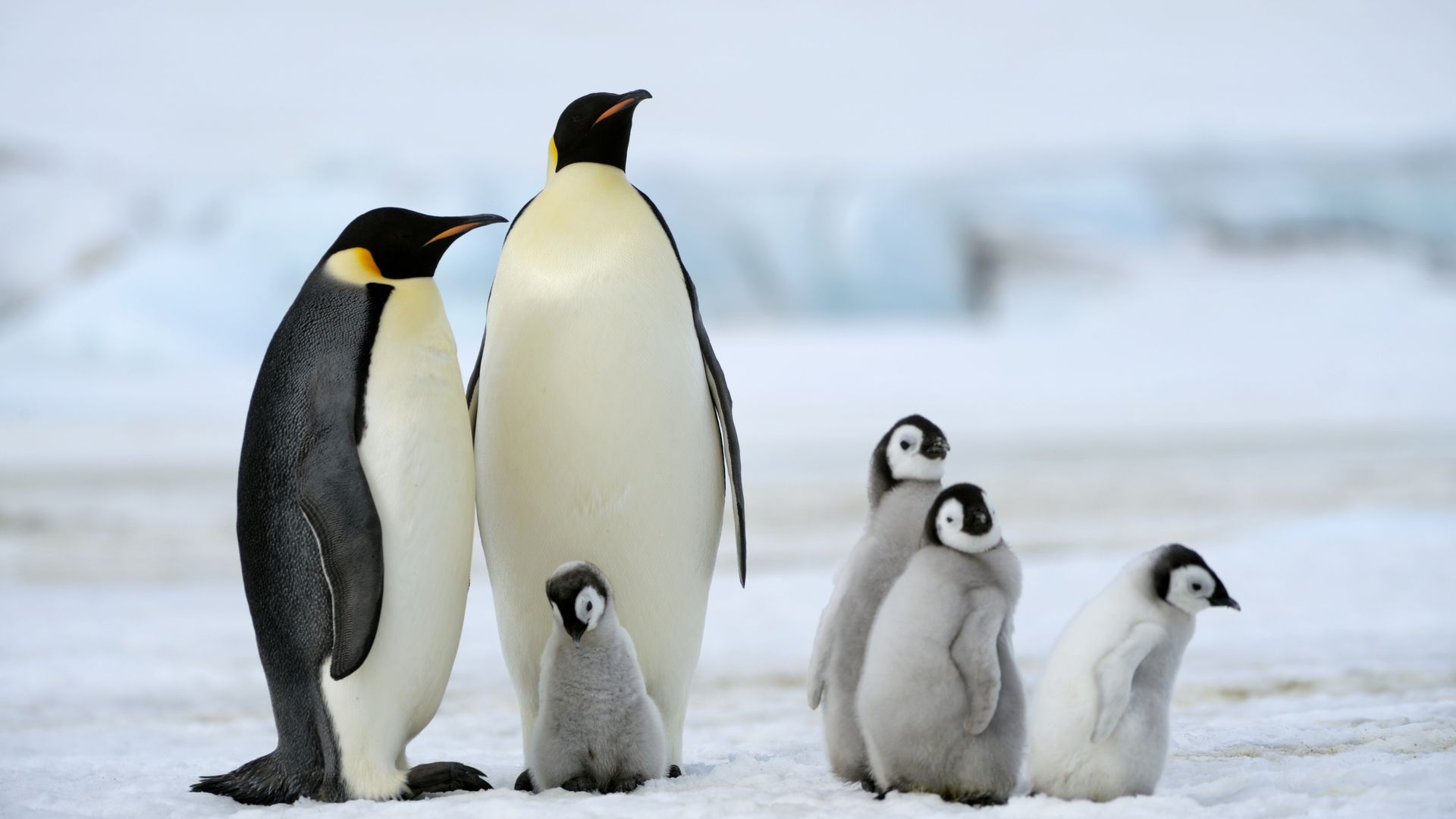 Source
Source
The busy summer season in Antarctica begins in October and runs through February, when thousands of scientists from dozens of countries usually pack into the continent’s remote research stations. Forty permanent bases dot the desolate landscape, a number that nearly doubles when summer-only facilities resume operations. This year, however, getting to this icy scientific realm comes with a serious concern: Antarctica is the only continent without a single reported case of COVID-19.
Medical care at the research stations is limited, and dorm-like living makes it easy for disease to spread even in the best of years. During a pandemic, reducing the number of scientists on the continent will mitigate the risk of an outbreak, but it also disrupts urgent research.
Scientists working on Antarctica scan the stars with telescopes, search for fundamental particles, and study some of the most remarkable animals in the world. The remote continent is also crucial to understanding changes across our entire planet. Climate scientists study ancient air bubbles trapped in the ice to understand Earth’s history, and they monitor the melting ice sheet and warming Southern Ocean to forecast the planet’s possible future.
But most of these scientists will have to do this work away from the continent this season, relying on remote sensors and the large volumes of data and samples collected in previous years.
“It is gut-wrenching,” says Nancy Bertler, director of the Antarctic Science Platform in New Zealand. “We only have a few years left to make some very significant changes to avoid the worst of climate change consequences, and we can’t afford to wait a year.”
Source
 Source
Source
Seen from above, the Pine Island Ice Shelf is a slow-motion train wreck. Its buckled surface is scarred by thousands of large crevasses. Its edges are shredded by rifts a quarter mile across. In 2015 and 2016 a 225-square-mile chunk of it broke off the end and drifted away on the Amundsen Sea. The water there has warmed by more than a degree Fahrenheit over the past few decades, and the rate at which ice is melting and calving has quadrupled.
On the Antarctic Peninsula, the warming has been far greater—nearly five degrees on average. That’s why a Delaware-size iceberg just broke off the Larsen C Ice Shelf and why smaller ice shelves on the peninsula have long since disintegrated entirely into the waters of the Weddell Sea. But around the Amundsen Sea, a thousand miles to the southwest on the Pacific coast of Antarctica, the glaciers are far larger and the stakes far higher. They affect the entire planet.
The Pine Island Ice Shelf is the floating terminus of the Pine Island Glacier, one of several large glaciers that empty into the Amundsen Sea. Together they drain a much larger dome of ice called the West Antarctic Ice Sheet, which is up to two and a half miles thick and covers an area twice the size of Texas. The ice sheet is draped over a series of islands, but most of it rests on the floor of a basin that dips more than 5,000 feet below sea level. That makes it especially vulnerable to the warming ocean. If all that vulnerable ice were to become unmoored, break into pieces, and float away, as researchers increasingly believe it might, it would raise sea level by roughly 10 feet, drowning coasts around the world.
The ice sheet is held back only by its fringing ice shelves—and those floating dams, braced against isolated mountains and ridges of rock around the edges of the basin, are starting to fail. They themselves don’t add much to sea level, because they’re already floating in the water. But as they weaken, the glaciers behind them flow faster to the sea, and their edges retreat. That’s happening now all around the Amundsen Sea. The Pine Island Ice Shelf, about 1,300 feet thick over most of its area, is a dramatic case: It thinned by an average of 150 feet from 1994 to 2012. But even more worrisome is the neighboring Thwaites Glacier, which could destabilize most of the West Antarctic Ice Sheet if it collapsed.
Source
 Source
Source
Satellite images have revealed 11 previously unknown emperor penguin colonies in Antarctica, boosting the number of known colonies of the imperilled birds by 20 percent.
The discoveries were made by spotting the distinctive red-brown guano patches the birds leave on the ice. The finds were made possible by higher-resolution images from a new satellite, as previous scans were unable to pick up smaller colonies.
Two of the colonies were a particular surprise. They were found far from the coast, living on sea ice that is anchored to grounded icebergs, a location never seen before.
The new colonies are thought to number a few hundred penguins each, which is smaller than average, so the discoveries increase the total population of emperor penguins by a smaller proportion of about 5 to 10 percent.
Emperor penguins are the only penguins that breed on sea ice, rather than land, making them especially vulnerable to the climate crisis. All the new colonies are in areas that are at risk, and researchers say these will be the “canaries in the coal mine” as global heating increasingly affects Antarctica.
“The [new colonies] are an exciting discovery,” said Peter Fretwell, at the British Antarctic Survey (BAS), who led the research. “Whilst this is good news, the colonies are small and so only take the overall population count up to just over half a million penguins.”
Philip Trathan, also at BAS, said: “The new breeding sites are all in locations where recent model projections suggest emperor penguins will decline. These birds are therefore probably the canaries in the coal mine–we need to watch these sites carefully as climate change will affect this region.”


